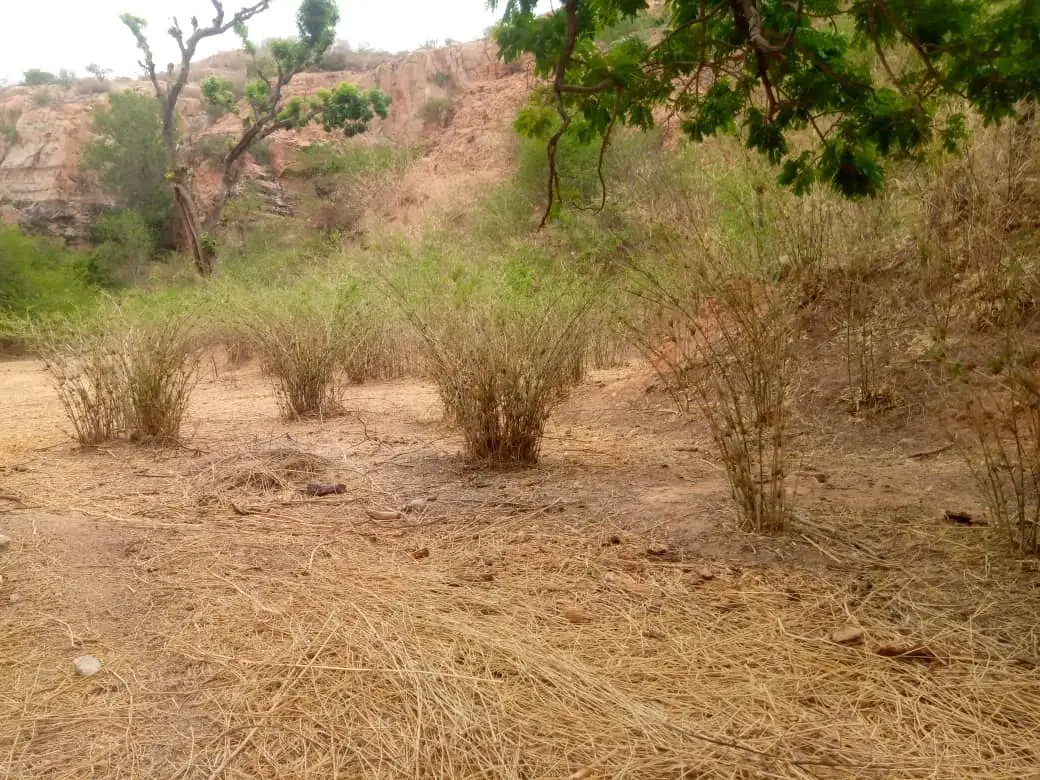Special thanks to Emme Kearns of the World Bamboo Organization who contributed this scintillating article.
It is no surprise that governments will leave COP27 without making any significant way forward in the challenge to reign in the largest contributors to the climate disasters many in the world are already facing. As oil and gas-producing nations leave the conference without agreeing to any limitation on those activities, the global South continues to pay the price with millions already dying or being displaced by the wild weather rampages of flash flooding and forest fires or the drawn-out traumas of drought and starvation.
Faced with these concerns, the United States, which consumes 20% of the world’s share of oil and gas annually, had the audacity to put forward a proposal to assist the global south in limiting its fossil fuel use. The situation is bizarre.
COP27 ultimately sends mixed messages
Still, some bright lights appeared, and bamboo was among them. Recognized at COP27 as a significant drawdown solution able to pull large amounts of existing carbon out of the atmosphere, bamboo received a major boost.
Those of us expounding the benefits of bamboo already know about the enormous impact it can have. But it hasn’t been sufficiently on the radar of either the global north, which has not invested significantly in its development as a commodity that could replace timber in a variety of industries, or the global south where its growth and harvest would need to increase dramatically to meet growing need. Bamboo can replace large portions of the timber industry but the chicken and egg scenario – market and bamboo – means neither is yet fully ready to embrace the positive future being promised.
Bamboo is well-known and understood in equatorial regions, but its development as a commodity by the southern countries in which it can be widely cultivated is still limited. So, too, is the understanding of its potential as a replacement for timber very limited in the north. The production question becomes, “How can bamboo, a carbon-consuming goldmine, develop into a source of economic stability for regions disastrously destabilized by industrialized, energy-consuming nations?”
What Can We Do with Bamboo?
Growing bamboo for the sheer delight of knowing it is drawing down carbon is an insufficient incentive for most and could even lead to disastrous results. At the opposite end of the bamboo industry is the question, “How can industrialized societies shift their practices to imagine bamboo as a first option rather than a remote one?” Replacing timber with bamboo is a great option but only if the research shows positive results, sources of the bamboo you need are available, and any ISO standards in your industry provide the confidence needed to make the shift. These are not small issues.

The chicken and egg scenario gets closer to home as communities and individual farmers consider growing a bamboo agricultural industry. The difficulties in developing bamboo as a significant economic benefit to farmers, communities, industry, and the environment are challenging. Choosing the right bamboo to grow is decided primarily by what the bamboo will be used for. Bamboo grown for building in the north will be different from bamboo grown for use in local buildings. Laminates require bamboo that is of a different kind and quality from that used to create biochar. Bamboo pellets used to replace wood pellets in heating systems might be something completely different and the processing machinery an investment some may not yet be able to afford. Not everyone wants the challenge of planting and managing a Moso bamboo plantation. But no one wants to be chasing runaway bamboo in an unmanaged plantation, either.
Choosing what a plantation’s bamboo will be used for is dependent upon agreements with companies or individuals that will purchase the crop when it is harvested, something that won’t happen for some years. COP28 might have come and gone before a bamboo plantation is ready to be harvested. Signing memoranda of understanding with purchasers is a dream for many who would like to farm bamboo but getting pen to paper can be long learning and negotiation processes.
Furthermore, developing bamboo as a commodity must be done in a manner commensurate with the benefit being provided. If bamboo is a significant element in the work of mitigating climate disaster, the countries growing it must be recompensed in a manner that allows them to move out of poverty on their own terms. At the same time, industrialized countries that hold the greatest responsibility for climate change must financially support those countries that have been and will continue to be the most devastated by climate disasters.
As far as COP27 is concerned, the solution is more loans from the north to the south at reduced rates of interest. Perhaps the north doesn’t realize that they also have climate guns to their heads. The south will continue to pay the price of climate change in the near and distant term, but the north is enjoying its privileged and highly tuned economic and social systems with little regard to the fragility and interdependency of those systems. Without a deep commitment to massive drawdown and the refusal to tap into undeveloped oil and gas reserves, those systems, from agriculture to banking to energy to financial institutions, are a few bad summers, winters, or elections away from total collapse.
The next World Bamboo Congress will take place in two years, Tawain in 2024. Perhaps when those who are devoted to the cultivation of bamboo come together, they will be more realistic about the potential of bamboo as a solution. Perhaps they will recognize the importance of paying bamboo-producing regions for the benefits they provide and condemn world financial systems that continue to seek profit in the riches of a south they have devastated. And perhaps the riches that arise from a single, beautiful culm of a bamboo plant might be, after all, the saving of the world.

Related reading
To learn more about bamboo’s tremendous potential for Climate Change mitigation, take a look at some of these other in-depth articles from Bambu Batu.




















